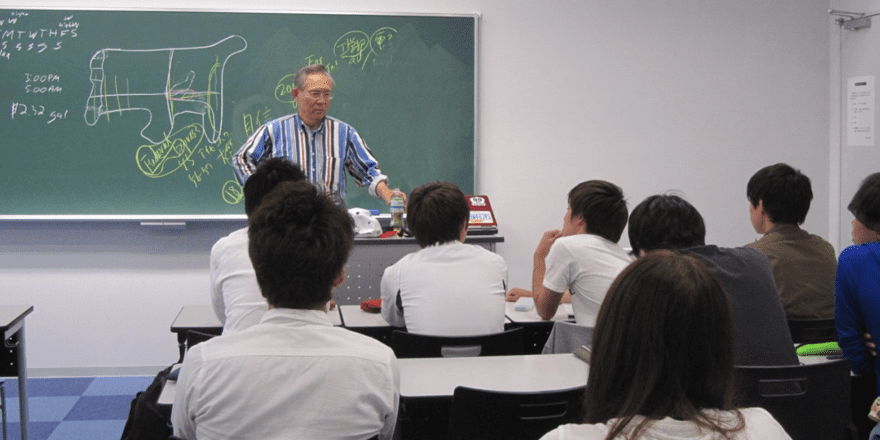
Isao Yoshino reflects on the role of management at Toyota
INTERVIEW – In this Q&A with Catherine Chabiron, Toyota veteran Isao Yoshino discusses NUMMI, management at the company, and how to change the mindsets of leaders.
Interviewee: Isao Yoshino, Lecturer, Nagoya Gakuin University.
Interviewer: Catherine Chabiron, lean coach and member of Institute Lean France.
Catherine Chabiron: Yoshino-san, you played a key role in the NUMMI ramp-up, when Toyota entered a joint venture with GM in Fremont, California.Before production started in 1984, you led the training program of the Americangroup and team leaders to show them how Toyota wanted to run the plant. You developed them by pairing them up with Japanese counterparts. What were the major learnings of that experiment?
Isao Yoshino: We really started from a blank page then. We had no previous experience of running operations in the United States, but knew that we’d have to change the mindset of the workforce, who had rarely seen management on the production line. Both management and workforce had developed such mistrust for one another prior to the plant’s closure three years before that communication was nothing more than bargaining and expressing grievances.
So, NUMMI’s top management came up with the idea of bringing all the future group and team leaders over to our Takaoka plant in Nagoya. We figured that helping them see their work from a different angle might create the right conditions back in America. At Toyota, we strongly believe that it is people who make cars, not machines: if management takes care of team members, team members will respond positively. This comes down to our belief in respect for people, which also teaches us that everyone can and should contribute to the continuous improvement of the line.
Another key idea we wanted to impress on the American leaders that would work at NUMMI was that Toyota workers take pride in their work: everyone on the plant floor shares the belief that “no problem is a problem” and that the line should be stopped every time a problem occurs. This was a huge shift for our American group and team leaders, because until then their targets had only been the production output and quality issues were dealt with at the end of the line. Indeed, they hardly believed their eyes when they saw the Japanese workers regularly stop the line!
Eventually, despite their different backgrounds and the difficulty in communicating (through broken English, gestures, and a lot of pointing), the Americans learned plenty from their Japanese colleagues during their three weeks in Takaoka.
On our side, we were able to confirm that the confrontational nature of the relationship that had been established in Fremont between workers and bosses was not a result of opinionated operators or over-aggressive union leaders. Rather, it stemmed from the approach of management. We at Toyota were confident we could change things at NUMMI.
CC: What did you personally learn about management from that experience?
IY: It opened my eyes to the importance of “showing respect” to team members. What seemed rather obvious at Toyota had obviously been missing at General Motors in Fremont, which over time led to misunderstanding, challenges and confrontation. Showing respect creates a positive and constructive relationship among colleagues and employees. Respect others, and they will respect you.
As the training progressed, I could feel the mindset of the Americans shifting. I visited them every night, after they came back from Takaoka, and had dinner with them. In their first week of classroom training, they had appeared very doubtful about the ideas we were sharing with them – from the system to stop the line in the event of a problem occurring to the regular presence of management at the gemba. As they began to see it with their own eyes, however, they started to change their mind and decided they would try and implement those principles back home. It became clear to them that you can’t change a mindset without doing things differently first.
CC: Do you have another example of this idea of changing mindsets by doing things differently?
IY: When they were getting ready to start operations in Fremont, workers changed the way they cleaned their workstations. Up till then, the cleaning was a prerogative of the plant’s janitors. We, however, recommended the team members and team leaders clean their workstations themselves – to boost the sense of ownership and pride in the work. They also took on light maintenance tasks.
All this helped them to understand they had to pay attention to their environment, which in turn went a long way ensuring that 5S and the continuous improvement of operations would take root.
CC: A few years before, in 1979-1980, you were also involved in a crucial program to help revive the TQC (Total Quality Control) spirit among Toyota officers and managers – the KanPro, Kanri Noryoku Program. Can you tell us about it?
IY: The Japanese automotive industry was severely hit by the 1973 oil crisis. More than a decade had passed since the boom in the use of Total Quality Control in the early 1960s, and top management started to notice people were getting less and less enthusiastic about it. Toyota decided that it was time to revive a number of key management concepts: the company’s hoshin in 1978, therefore, included an item on “improving management ability for managers across the company”, led by Nemoto-San, managing director in charge of Quality Control.
The program would target nearly 2,000 key leaders based in Toyota City. Each leader was to develop his/her own hoshin in an A3 format, implement it, and provide feedback on it every six months, in front of their managers.
The KanPro program lasted two years. Interestingly, the capabilities those managers were expected to develop were related to assessing skills, to their knowledge and experience, and to their ability to drive improvement, present ideas and plans, convincing others or negotiating.
CC: Not unlike PDCA, then – understand, confirm the situation, act on it, convince other actors, check your understanding, adjust your vision and planning. Would you agree?
Isao Yoshino: Absolutely. Nemoto-San periodically provided group training to all managers. He focused, for example, on things like “how to turn a PDCA circle”, “how to make a review”, “how to develop targets”, “how to analyze results”, or “how to develop detailed implementation items to attain the goal”. He helped people reflect on their priority items as managers (and insisted they should keep the number of such items to a minimum, to encourage focus and deeper thinking).
He also taught them to make easy-to-understand and to-the-point presentations in an A3 format. The idea behind this was to push managers to complete a thorough “5Sing” on their ideas, so that they would retain key data and facts.
CC: How did the KanPro program end up affecting the 2,000 managers involved?
Isao Yoshino: Nemoto-San clearly encouraged those managers who were sincere about their trials and errors, who were pro-actively looking for solutions by developing their subordinates. The KanPro program clearly re-enforced the culture of PDCA, hoshin kanri and people development throughout Toyota.
Additionally, the assistant managers and rank-and-file employees, who had watched their bosses wrestle with the approach for two years, learned a lot – just like apprentices learn by watching their seniors every day. Before too long, they started to do the same with their own teams.
CC: What the greatest leaders in Toyota’s history have in common is not only a vision and the ability to anticipate market trends. They also spent their lives in the plants and in proximity of the products and studied Toyota’s competitors very closely. Can you tell us a bit more about Toyota’s cultural roots, in particular where the idea of genchi genbutsu – go and see – comes from?

Isao Yoshino: The Toyota Motor Corporation has been located in the Western part of Aichi Prefecture, called Mikawa, since 1937. Mikawa is a mountainous area with very poor soil, where people have toiled for centuries just to secure a living. Steadiness, patience, diligence, humbleness and honesty are all highly valued here. They have for ages: a 16th-century lord from Mikawa, named Tokugawa Ieyasu, left us a few precepts that could still apply in Toyota today. One of them teaches us that “life is a long journey with a heavy burden” and encourages us not to hurry, paving the way for our long-term vision.
Another quote from Tokugawa goes like this: “Not being enough is better than being too much”. This has been another trademark of ours since the name of the company was changed from Toyoda (written with 10 brush strokes) to Toyota (8 brush strokes). The official reason for this is that 8 is considered a lucky number. At Toyota, we like to add that using this number ensures we don’t think we are on top of the world (at 10). It is far better to know that we still have to improve than believe we know everything already.
One final quote for you: “If you only know what is to conquer but not what is to be defeated, you will be hurt”. This rings a strong bell at Toyota, where a frantic search of what causes create what effects, and of what we need to learn to be able to move forward, is completely ingrained in the culture. This may be where genchi genbutsu stems from.
CC: Based on your experience at Toyota, what makes a a good manager or leader?
IY: First of all, a good leader is a good listener, rather than a good talker. Someone who judges things from many different angles rather than one single factor. Someone who will emphasize the process over the result, with the idea that a good process will bring a good result. Someone who treats people equally and is the let-us-find-the-answer-together type rather than the do-what-I-told-you type. Someone who can control their temper or emotions, and be positive and pro-active rather than over-cautious.
CC: You have retired from the company and teach Toyota culture to students in Nagoya. How do you convince them that Toyota management principles, which date back to the last century, apply to the current world?
Isao Yoshino: I have been teaching at Nagoya Gakuin University for the past 10 years, and quickly noticed that most of my students don’t have clear targets for their lives. They often come to my office for help. My first question to them is always: “Are you happy with what you are doing now?”. Their answer is something like this, “Hmm…I don’t know. Maybe, not. I cannot expect a lot from university life.” This, I believe, is a serious problem.
I asked myself what I could do for my students. I carefully listen to them to find out exactly what the things that bother them are and help them to find out their own strengths and weaknesses. Surprisingly, they have not been trained to reflect on this. I then help them to define their own personal goals, and what they want to get out of university life. If they are willing, I teach them the hoshin kanri concept we use at Toyota and show them my own personal hoshin, which I continue to update. Learning, improving and convincing others to progress is a never-ending process.
Developing my students’ ability to think and reflect requires a lot of time, energy and patience, but it is worth doing. Toyota principles help a lot with this.

CC: One last question. Why do you continue to update a hoshin document for your own goals? What can you tell our readers about the benefits on hoshin?
Isao Yoshino: The answer is simple. Hoshin was originally developed to help companies grow, but its concepts can be comfortably applied to an individual’s life, too.
Students come to my office almost every day for help regarding their studies or their own personal problems. There is no easy solution, as each problem is different and cannot be solved on the spot. It requires a lot of discussion and analysis. I use problem solving steps to help my students grow more confident in their ability to solve issues.
So, I have added in my own personal hoshin the need to help those students understand their own situation, dig for the root causes of problems, define targets and regularly follow up. Doing so has taught me a lot about the efficiency of my own coaching. Clearly, hoshin helps me reflect on my own abilities and continuously develop my skills set.
Want to hear more about Toyota management? Isao Yoshino will hold a masterclass in Lyon, France, on March 26, 2018.
Information and registration here.
THE INTERVIEWEE

Isao Yoshino is a 40-year Toyota leader and a former NUMMI training manager based at Toyota HQs in Japan. In 1979 and 1980, he was in charge of the Manager-Development Program (“Kan-Pro” in Japanese) for all managers at Toyota HQs. In 1983, he was asked to manage a newly-established training program for NUMMI’s shopfloor leaders. In June 1984, Isao Yoshino and his team trained American shopfloor leaders for three weeks at Toyota’s plant. Yoshino-san also worked in Research, Corporate Planning and Production Control.
THE INTERVIEWER

Catherine Chabiron is a lean coach and member of the Institut Lean France. She previously held the role of Director of IS Governance at Faurecia, a large French industrial group, working for eight years at the heart of the IS department's lean transformation.
Read more
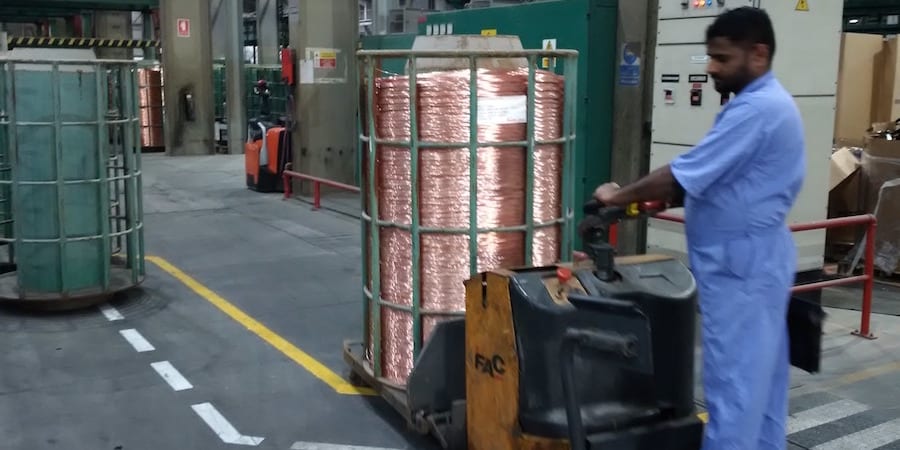

FEATURE – With an open-minded approach to improvement tools, a long history of quality and engaged top leaders, wire manufacturer Ducab aims to fulfil the strategic needs of the Emirates.


CASE STUDY – This Norwegian firm learned that allowing every person and area to move up their own lean learning curve can steer the business away from fire-fighting and towards more strategic thinking.
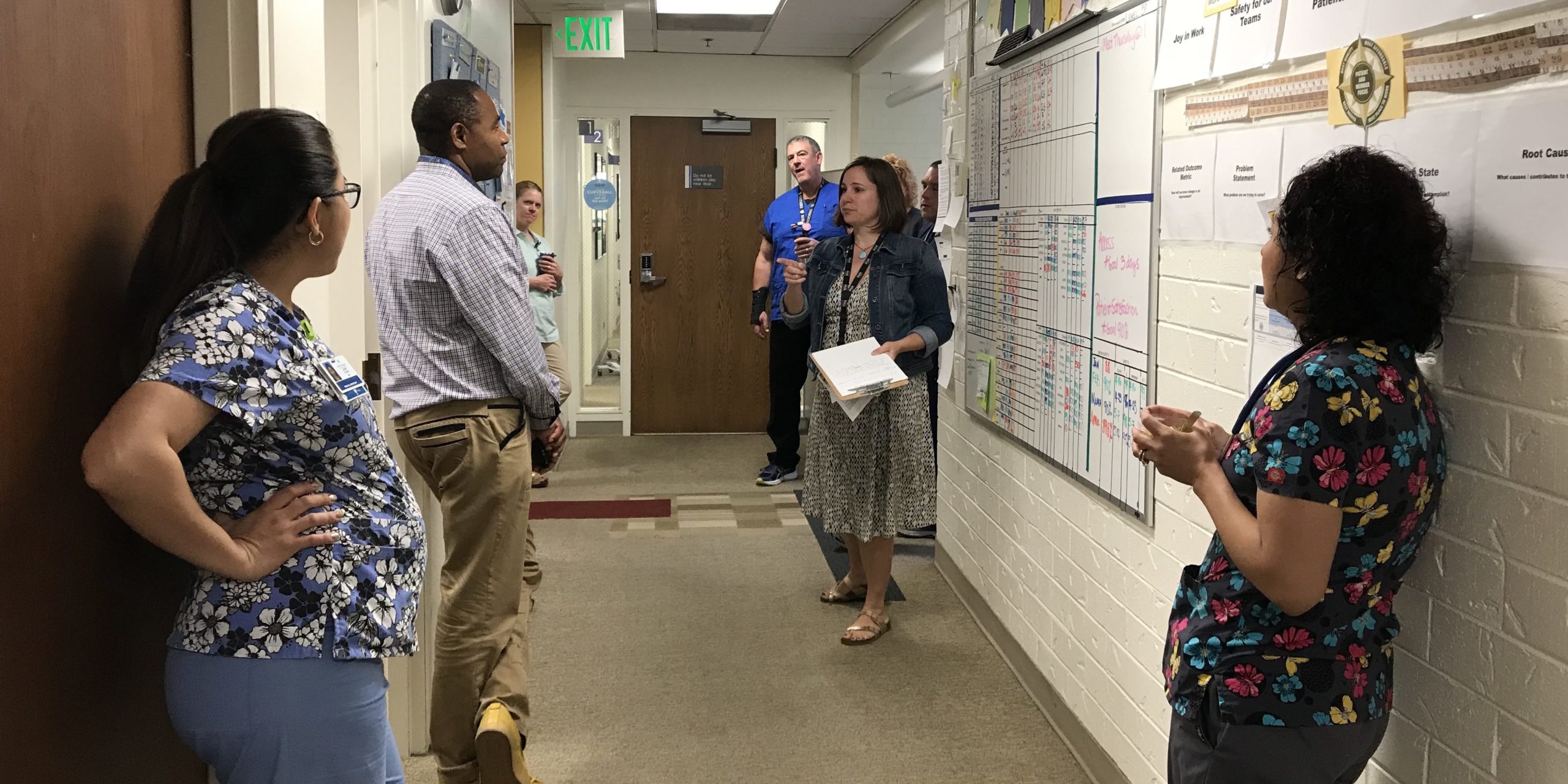

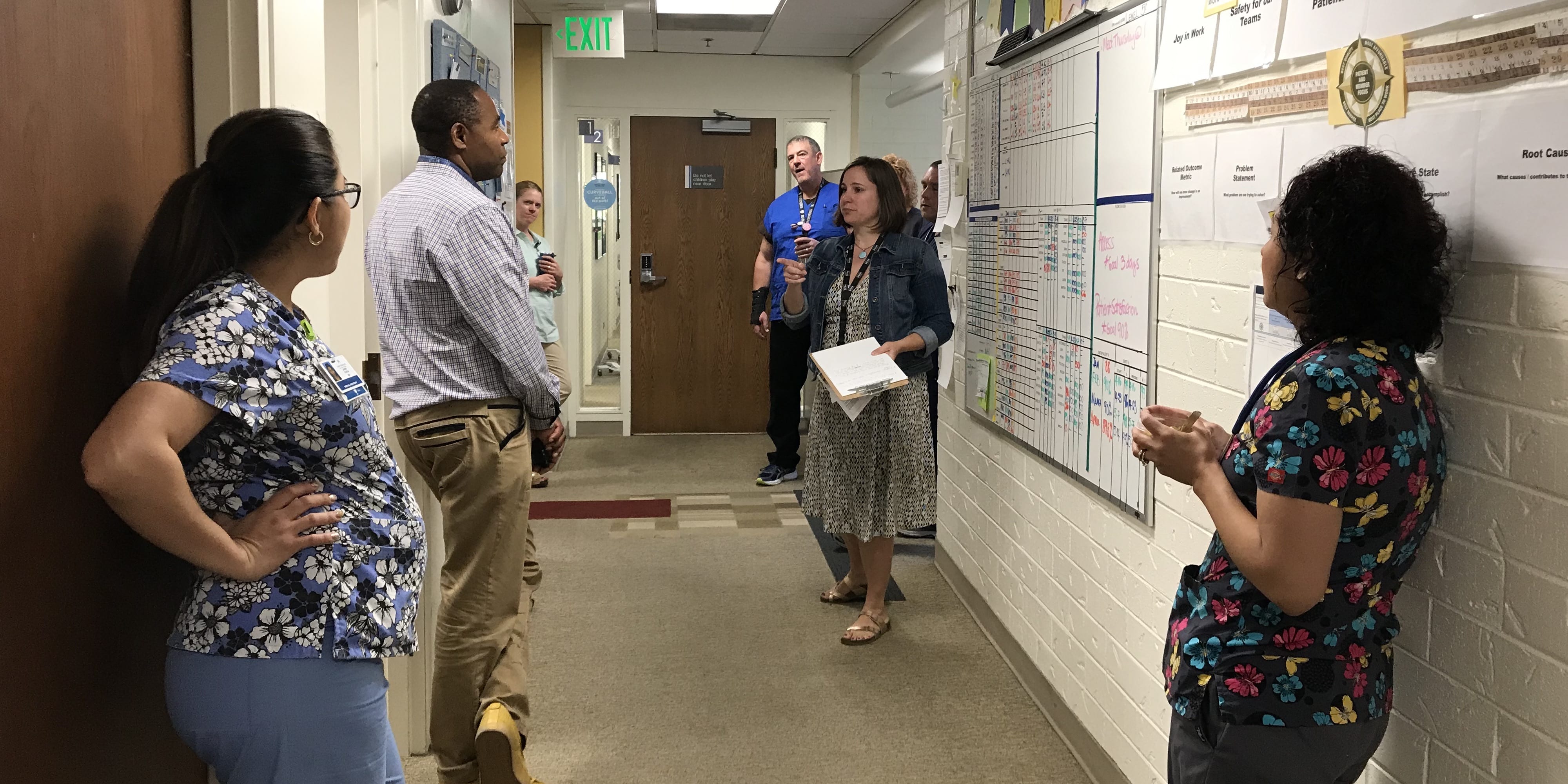
CASE STUDY – A physician tells PL the story of how the East Denver Medical Office became a catalyst for the lean transformation at Colorado Permanente Medical Group.
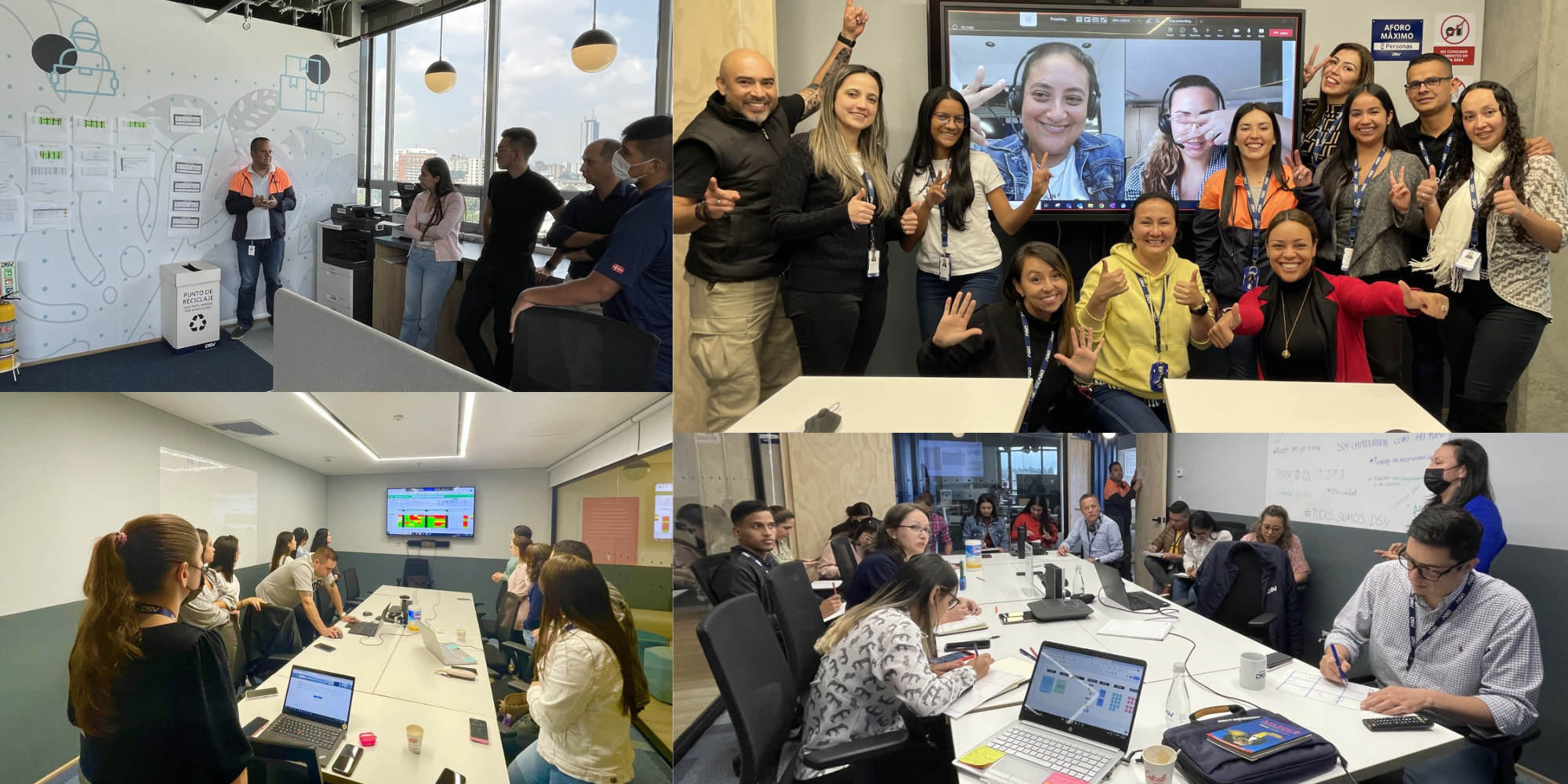

CASE STUDY – This transport and logistics company in Colombia has turned to Lean Thinking to become more adaptive and ensure an easier post-acquisition integration of new cultures.

